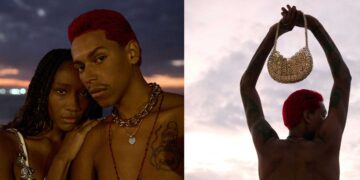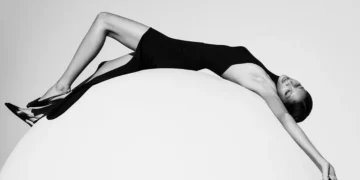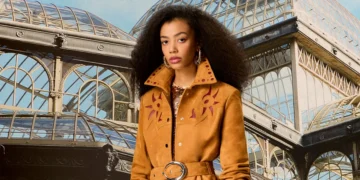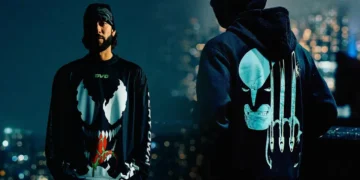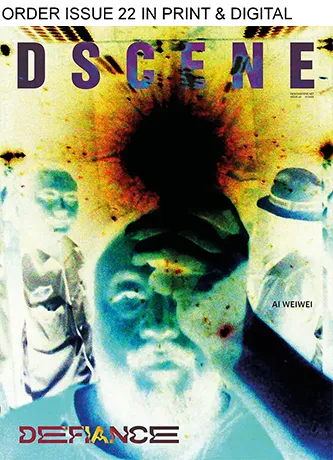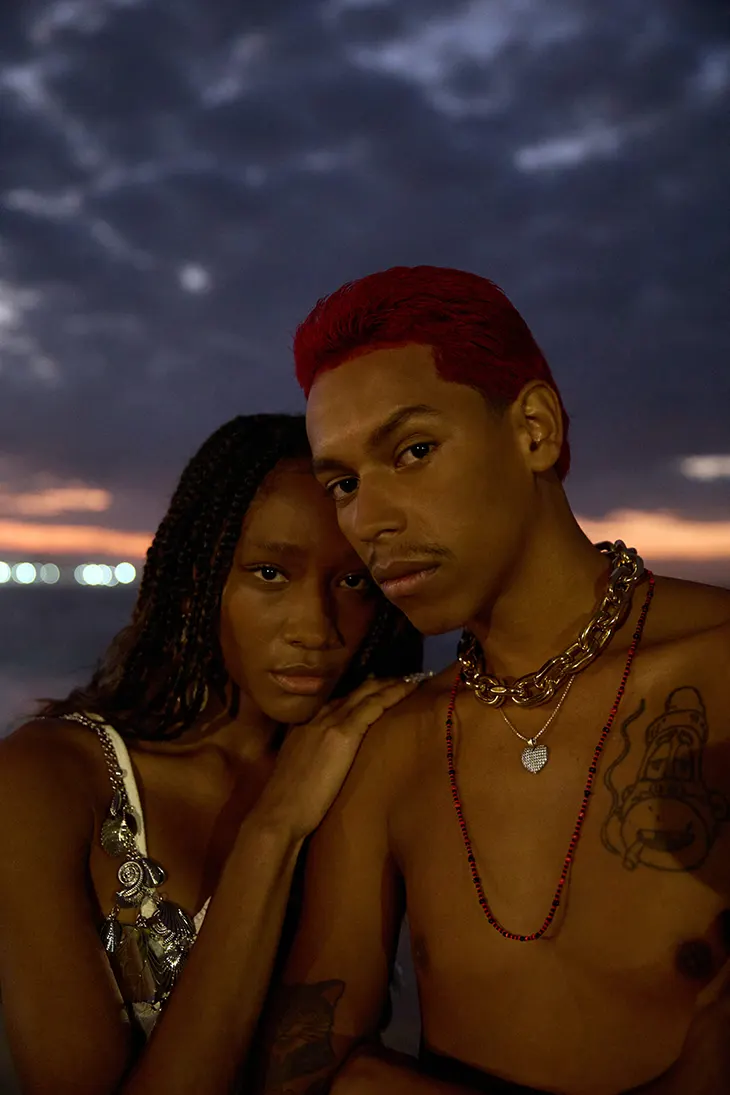
Rabanne ’s High Summer 25 campaign doesn’t begin on a runway or in a studio. It begins in Rio de Janeiro, just as the sun rises and the bassline from the night before still pulses through the city’s hills. Titled High Summer 25 Atlantic Allusions, the campaign is an immersive collaboration shaped directly by the communities that live and define funk culture. With photography by Melissa de Oliveira and direction by Manu Cossu, the campaign trades fantasy for lived reality, capturing the energy, pride, and movement of Rio’s baile scene.
CAMPAIGNS
This isn’t Rabanne’s first encounter with funk. In the 1980s, Paco Rabanne himself launched a funk and soul record label and opened the Black Sugar club in Paris, spaces that welcomed Black artists and celebrated Afro-Caribbean sounds long before mainstream fashion caught up. The new campaign channels that early spirit of cultural curiosity and boundary-pushing, but filters it through a contemporary, local perspective. Leading the visual narrative is Oliveira, a photographer and visual artist from Morro do Dendê, whose work frames Rio’s funk culture with an intimacy and authenticity rarely seen in fashion campaigns.
Over 70 people appear in the campaign’s stills and film, from professional dancers like Hiltinho Fantastico and the Oz Crias collective, to DJs including DJ Guiguinho, Aisha, and Yaminah Mello, and dozens of non-professional participants from Rocinha’s baile scene. They’re not extras, they’re the main characters of this story. The visuals capture them in transition, motorbike riders in early light, girls getting ready for a night out, dancers mid-movement. The project fuses real life with fashion narrative, elevating the daily beauty and self-expression of Rio’s communities.

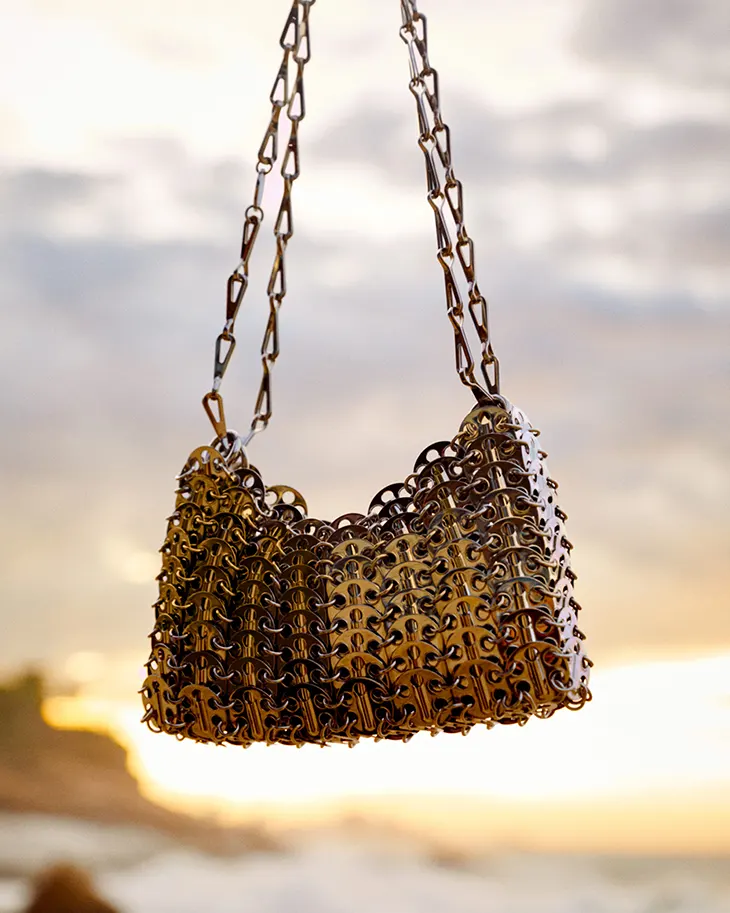
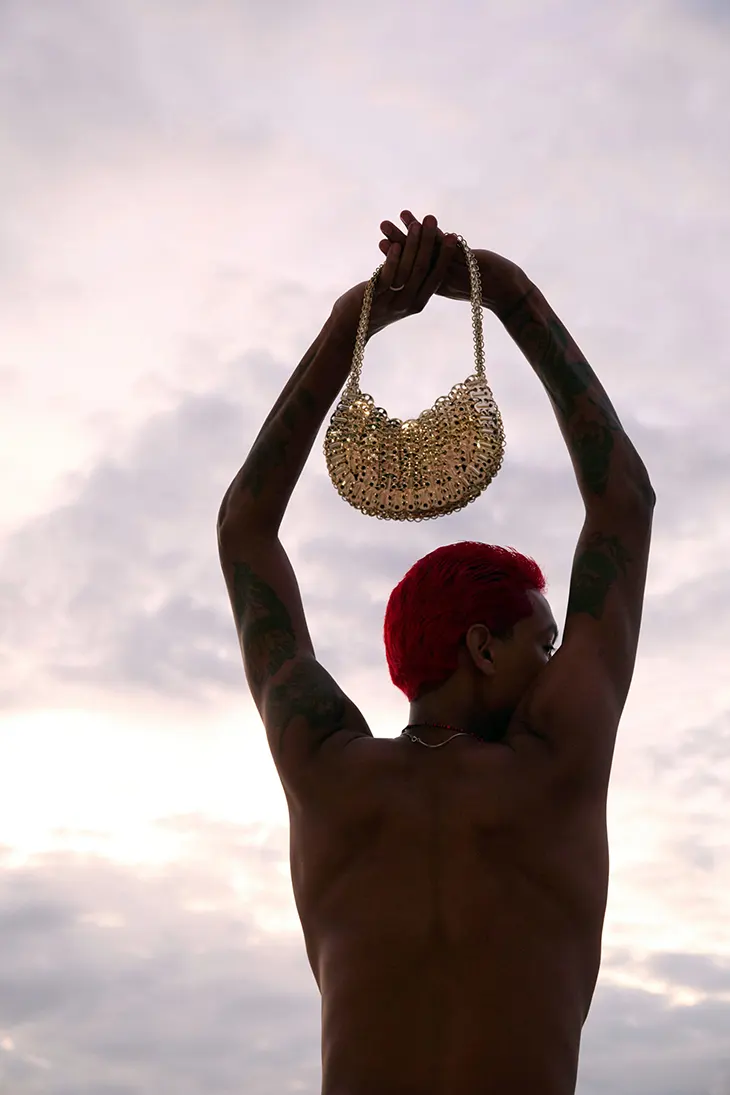
Central to the narrative is funk carioca, a genre born from Miami Bass and reshaped by Brazil’s own rhythms and realities. At its most intense, funk now runs on a 150 BPM beat, pushing bodies into ecstatic motion at every baile. The music featured in the campaign includes tracks by MC Neguinho Popotão Grandão, MC Marlon, MC Hollywood, and Luiz Bonfá, bridging old and new, local and global. As DJ Malboro once said, “É som de preto, de favelado, e quando toca ninguém fica parado”, it’s the sound of the favela, and no one stands still when it plays.
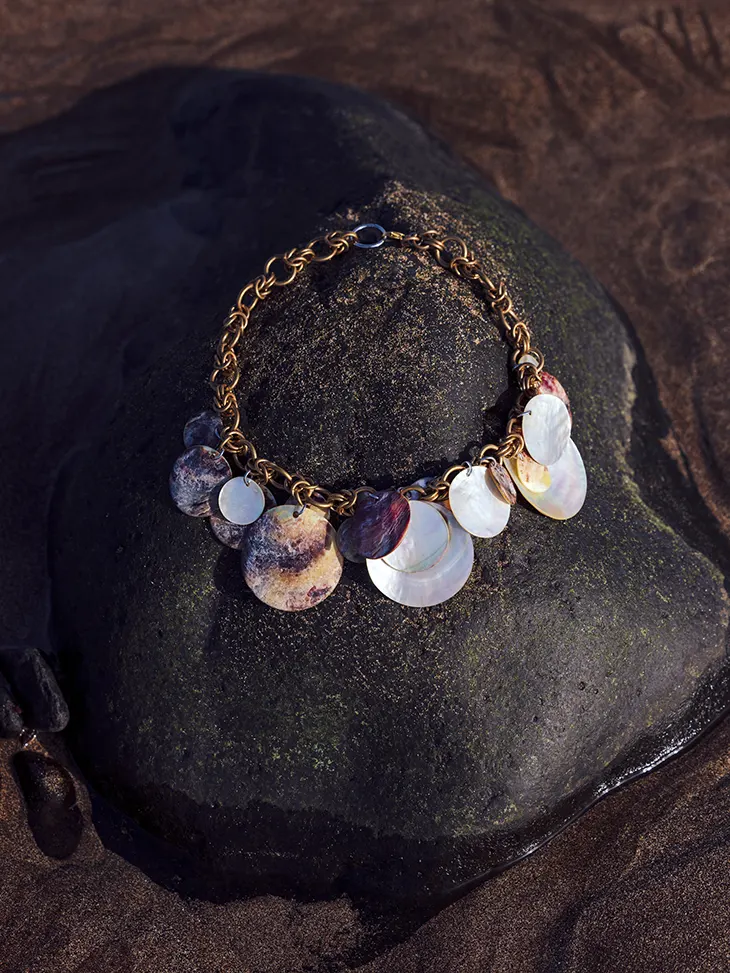
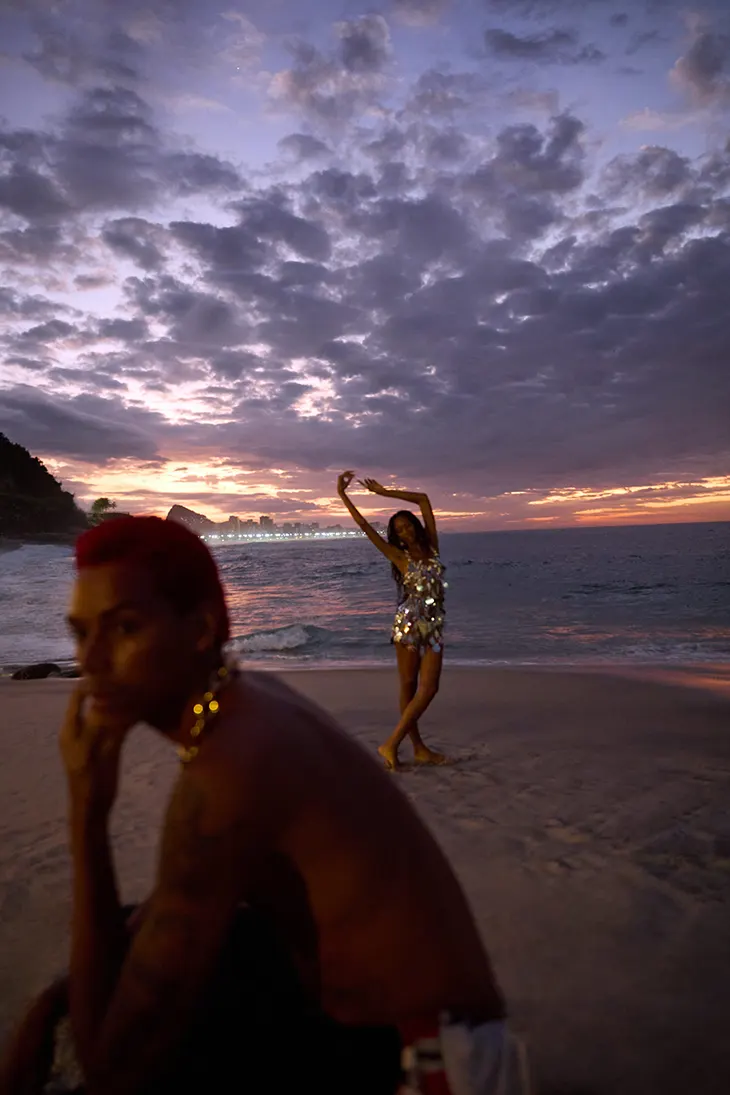
Styled by Flavia Lafer, Claudia Kopke, and Marina Franco, the fashion works in harmony with the setting, less costume, more context. Pieces move with the people, not against them, and silhouettes feel pulled from real life rather than imposed onto it. Emmanuel Cossu, known for his genre-defining visual work, spoke to the experience of directing in Rocinha: “To capture the pulse of baile funk at the heart of Rocinha was not just inspiring, it was transformative.” Rather than chasing external trends, Rabanne rooted its vision in the streets, the rhythms, and the people who move through them.
